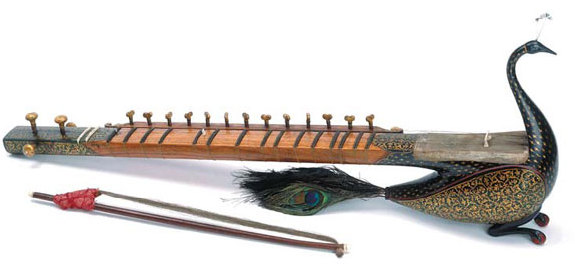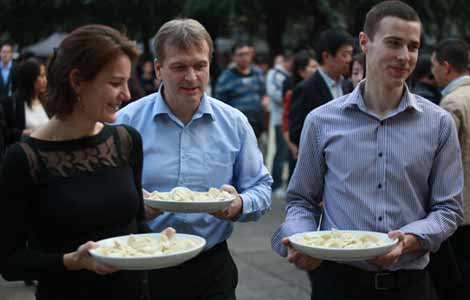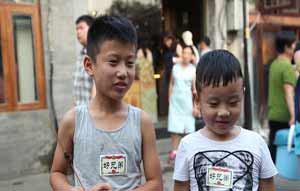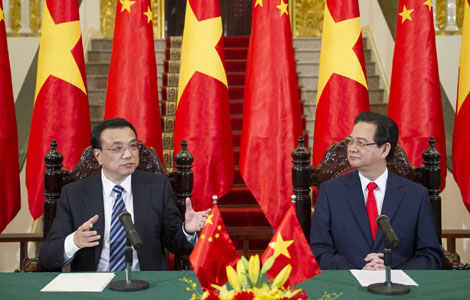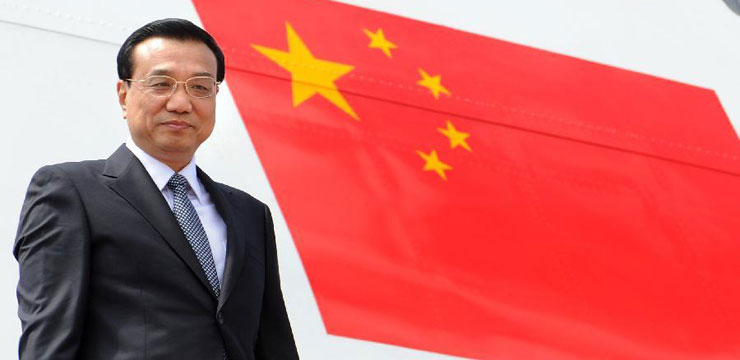Exhibition provides insights into former Indian rulers' lives
Updated: 2013-06-14 07:41
By Zhang Zixuan (China Daily)
|
||||||||
|
Stringed instrument, North India, 1800-1880. Photos Provided by Victoria and Albert Museum |
Visitors can feast on works from the 18th and 19th centuries
For the first time, mysterious Indian rulers and royal life are unveiled in front of Chinese audiences at the Palace Museum - better known as the Forbidden City, igniting sparks from the cultural collision between the two ancient civilizations.
Titled Splendor of India's Royal Courts, the exhibition is curated by the Victoria and Albert Museum in London, a world-leading museum of art and design founded in 1852.
"The exhibition is a unique one specially arranged for the Palace Museum by V&A, and will not be shown anywhere else," says Anna Jackson, keeper of the V&A's Asian department and curator of the exhibition.
The 113 selected works from the V&A's collections of the Indian subcontinent include paintings, textiles, jewelry and thrones, arms and armor as well as instruments.
The treasures are from the 18th and 19th centuries, a remarkable period of great political and cultural change in Indian history.
"Under the patronage of India's rulers, magnificent paintings and objects were created which enhanced their status and identity, and reflected these shifts of power and influence," says Jackson.
The exhibition is divided into four sections: Darbar, Palace Life, Beyond the Palace, and The Influence of the West.
"Darbar" means an Indian ruler's court, the center of rituals attended by courtiers and nobles. But formal events such as the king's birthday were opened to the public, who would get to see the king in his finest clothes and jewelry, as well as armed with ceremonial weapons and surrounded by regalia, signifying his power and royal duties.
A turban ornament exhibited in this section gives a glimpse of the king's splendor. It is shaped like a feather on a big rose, and filled with jade, gold, rubies, emeralds, topaz and pearls. Every gem is accurately cut and placed.
"All the treasured materials such as jade, diamonds and glass would only be afforded by and used by the royal courts to mark their wealth and show their splendor," says Rosemary Crill, senior curator of V&A's Asian department. "At the same time, the courts had their own makers, who would design and make only for the royal families with the finest quality."
The second section, Palace Life, explores the rulers and their consorts' private lives. Costumes, instruments and board games demonstrate their pastimes and pleasures.
"Women who appear in the paintings are imaginary and symbolic instead of real ones. What they do in the picture such as swinging and feeding birds are usually presented with the aspect of romantic love," Crill says.
For example, one of the paintings portrays a lady flying a kite. The kite in the upper left corner symbolizes her distant lover, but the string keeps him bound to the woman who waits for his return.
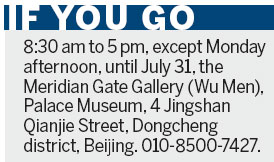
The third section, Beyond the Palace, focuses on Indian rulers' way of life outside the palace to show their ability to protect the people from external threats. The vision of a king riding a richly caparisoned elephant or horse was believed to be auspicious.
What is worth noting is that some patterns on the decor indicate cultural exchange between India and other countries. For instance, an exhibited pair of red embroidered panels from North India features flowers in two jars. And the jars' shape clearly suggests that they were imported from China.
The final section, The Influence of the West, examines the impact of Western culture in the Indian courts.
In the 18th and 19th centuries, Western goods and technologies were brought into India by European trading companies, most notably the English East India Company, which became a major military and political power during the latter part of the period. Rulers turned to European-inspired art and design to express their power and status.
This can be easily seen from the oil portrait of Muhammad Ali Khan, painted by the British artist Tilly Kettle, the first well-known British portrait painter to work in India. Western painting techniques such as perspective, chiaroscuro and sense of space were applied to the portrait.
zhangzixuan@chinadaily.com.cn

(China Daily 06/14/2013 page18)

 Victoria Beckham S/S 2014 presented during NYFW
Victoria Beckham S/S 2014 presented during NYFW
 'Despicable' minions upset Depp's 'Lone Ranger' at box office
'Despicable' minions upset Depp's 'Lone Ranger' at box office
 'Taken 2' grabs movie box office crown
'Taken 2' grabs movie box office crown
 Rihanna's 'Diamonds' tops UK pop chart
Rihanna's 'Diamonds' tops UK pop chart
 Fans get look at vintage Rolling Stones
Fans get look at vintage Rolling Stones
 Celebrities attend Power of Women event
Celebrities attend Power of Women event
 Ang Lee breaks 'every rule' to make unlikely new Life of Pi film
Ang Lee breaks 'every rule' to make unlikely new Life of Pi film
 Rihanna almost thrown out of nightclub
Rihanna almost thrown out of nightclub
Most Viewed
Editor's Picks
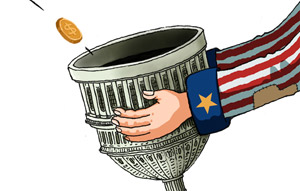
|

|

|

|

|

|
Today's Top News
Going green can make good money sense
Senate leader 'confident' fiscal crisis can be averted
China's Sept CPI rose 3.1%
No new findings over Arafat's death: official
Detained US citizen dies in Egypt
Investment week kicks off in Dallas
Chinese firm joins UK airport enterprise
Trending news across China
US Weekly

|

|
